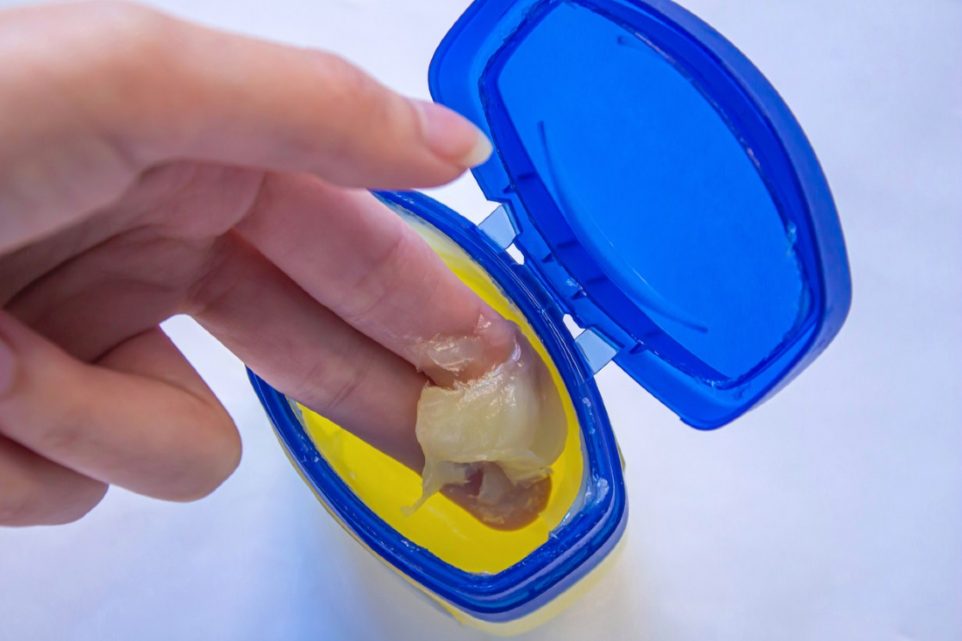Does Vaseline Clog Pores? Let’s Find Out

Vaseline, or petroleum jelly, is a popular moisturizing product used for a variety of purposes, including skin care. However, there has been some debate as to whether or not Vaseline can clog pores and cause breakouts. In this blog, we’ll explore the science behind Vaseline and its effect on the skin, as well as address some common misconceptions. We’ll also provide tips on how to use Vaseline to keep your skin hydrated and healthy without clogging your pores.
What Is Vaseline?
First, it’s important to understand what Vaseline is and how it works. Vaseline is made from petroleum, which is a byproduct of crude oil. It is a semi-solid mixture of hydrocarbons that has been used for over 150 years as a topical ointment. Vaseline works by creating a barrier on the skin that locks in moisture and prevents evaporation. This can be especially helpful for dry and sensitive skin.
Does Vaseline Clog Pores?
One of the most common concerns about Vaseline is that it clogs pores and causes acne. It’s important to understand what causes acne. Acne is the result of clogged pores, which can occur when excess oil and dead skin cells build up in the hair follicles. Bacteria on the skin can then cause inflammation, leading to pimples and other types of acne.
While Vaseline is an occlusive moisturizer, meaning it forms a barrier on the skin to prevent moisture loss, it is non-comedogenic, meaning it does not clog pores. According to the American Academy of Dermatology, non-comedogenic products are less likely to cause acne. In fact, Vaseline has been used in medical settings to help heal wounds and prevent infections because it does not promote bacterial growth.
When Should You Not Use Vaseline?
There are some instances where using Vaseline may not be the best option. For example, if you have oily or acne-prone skin, using Vaseline on your face may exacerbate breakouts. It’s best to stick with a good skincare routine suited for oily skin and use topical treatments or pimple patches for problem areas. Additionally, if you have a skin condition such as eczema or psoriasis, Vaseline may not provide enough hydration and could even worsen your symptoms.
How Do You Apply Vaseline?
If you do choose to use Vaseline on your skin, there are some best practices to keep in mind. First, make sure to apply it to clean, dry skin. This will help ensure that the Vaseline does not trap dirt or bacteria on your skin. Additionally, use a thin layer and avoid applying it to areas where you are prone to breakouts.
Finally, consider using Vaseline as an occlusive layer over your moisturizer at night to help lock in hydration. This method of using Vaseline as a hydration lock is known as “slugging” in the beauty world. Avoid using the slugging method in combination with any active ingredients like retinol, retinoids, alpha-hydroxy acids, or beta-hydroxy acids, as this can cause more irritation and sensitivity by locking in these strong ingredients.
In Conclusion
Vaseline is a safe and effective moisturizing product that does not clog pores or cause acne. However, it may not be the best option for everyone, especially those with oily or acne-prone skin. If you do choose to use Vaseline, make sure to follow best practices and consider your skin type and any underlying skin conditions. With proper use, Vaseline can be a valuable addition to your skincare routine.